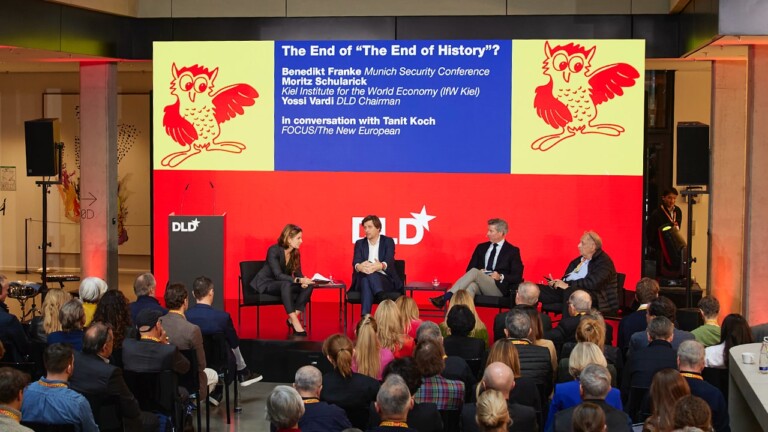In his visionary DLD25 talk, Earli CEO Cyriac Roeding presents a revolutionary approach to cancer diagnosis and treatment, which leverages synthetic biology to turn cancer cells against themselves.
“Who of you has had somebody in their family affected by cancer or amongst their friends?”, Roeding asks the audience. Despite billions of dollars spent on cancer research, efforts to spot cancer in its early stages often fail, he explains, because current approaches focus on finding natural biomarkers on cancer cells.
“The problem with that approach is most cancers don’t have natural biomarkers on the outside of cancer cells”, Roeding explains. And even in cases where these biomarkers exist they cannot be reliably detected because “cancer is a mutation of your own cells, which means the biomarkers naturally also mutate.”
Earli’s groundbreaking method bypasses this search for natural biomarkers by engineering cancer cells to produce synthetic targets.
“What if we could take control and engineer a solution rather than search and search and search for the next elusive biomarker?”, Roeding asks. “What if we could turn the cancer cell into a little factory and force the cancer to produce any protein we want?”
This would make cancer cells visible in a PET scan for diagnosis – and offer the chance to activate the immune system to destroy the tumor cells.
Using AI and machine learning, Earli has so far analyzed over 20,000 cancer samples to identify common factors in dysregulated cancer cells. This led to the creation of synthetic promoters that reliably distinguish between cancerous and non-cancerous cells.
“Now, 98% of the samples light up in cancer, but not in benign lesions”, Roeding says, demonstrating how this innovation bridges the gap between detection and treatment. In preclinical trials, Earli’s technology has shown success in mice and pigs, proving its potential to revolutionize human cancer care.
Watch the video for details on this medical innovation which combines cutting-edge biotechnology with digital technologies to offer hope in humankind’s age-old battle with one of the world’s deadliest diseases.



